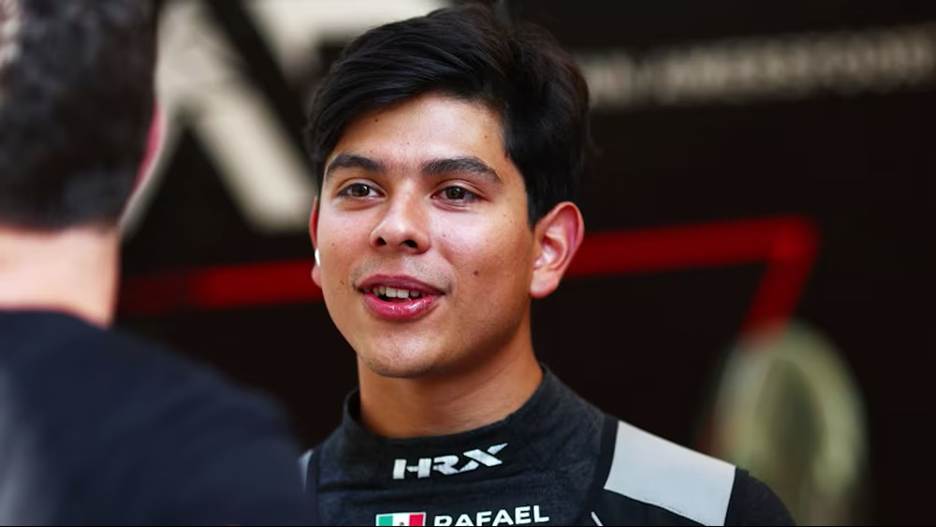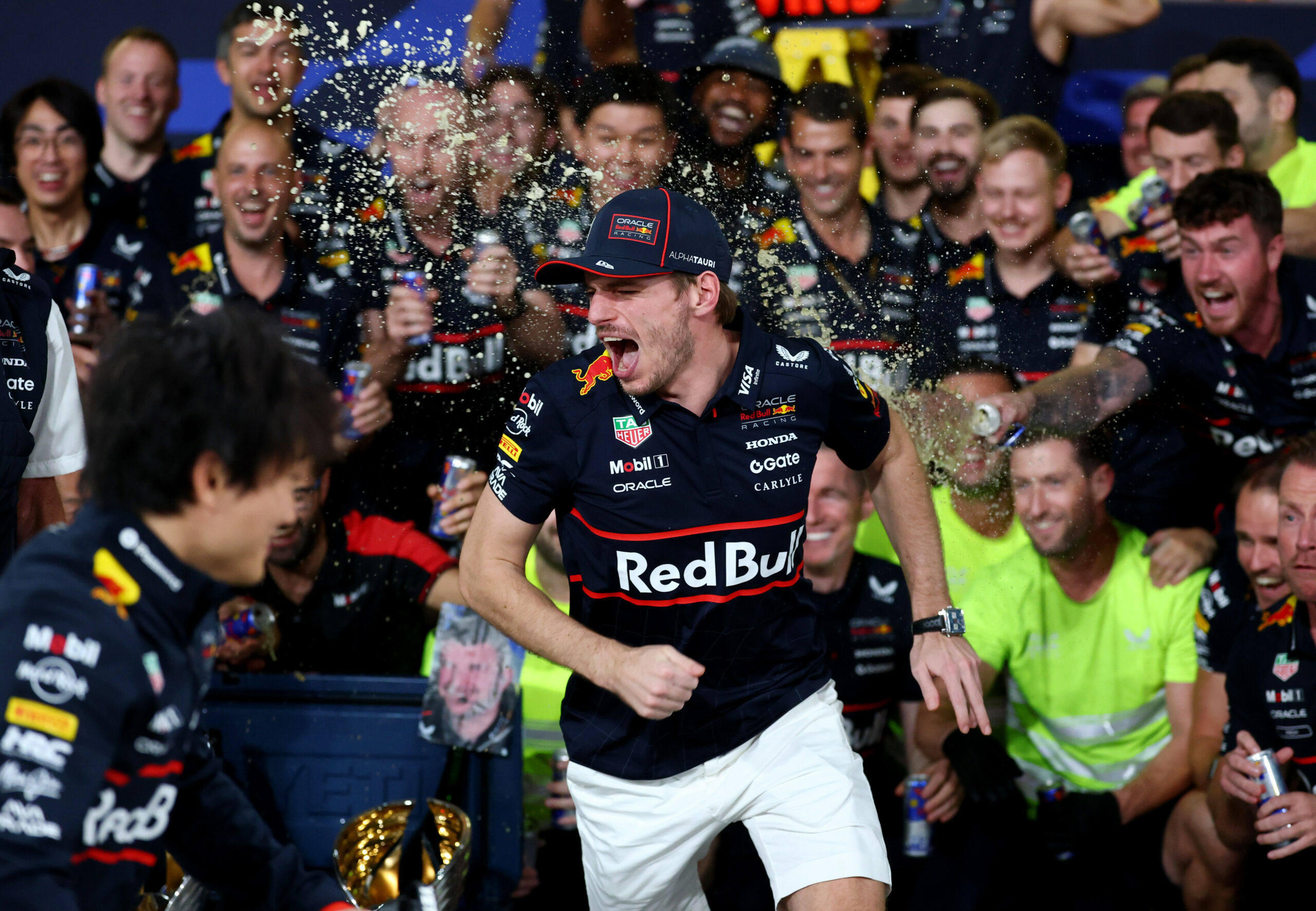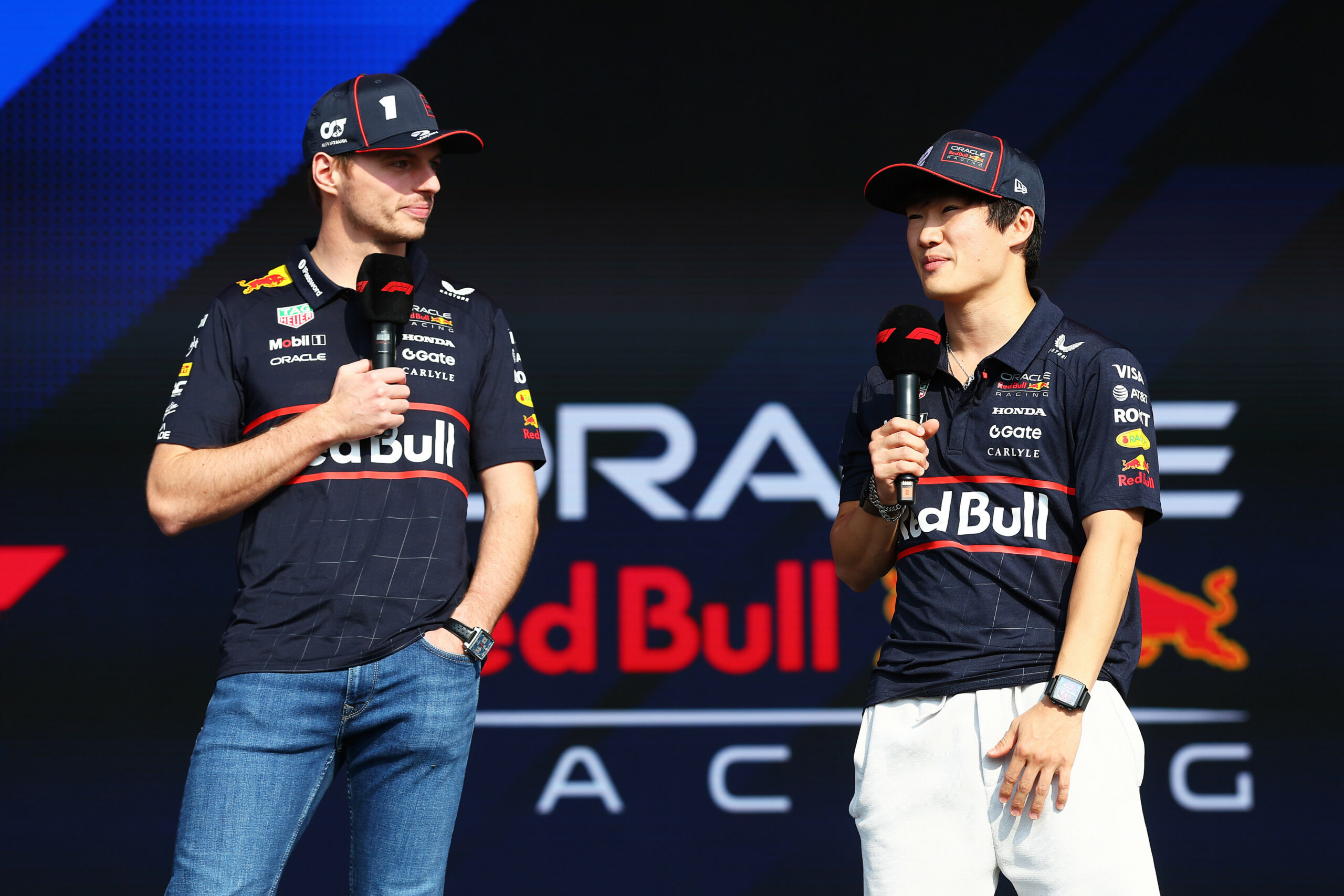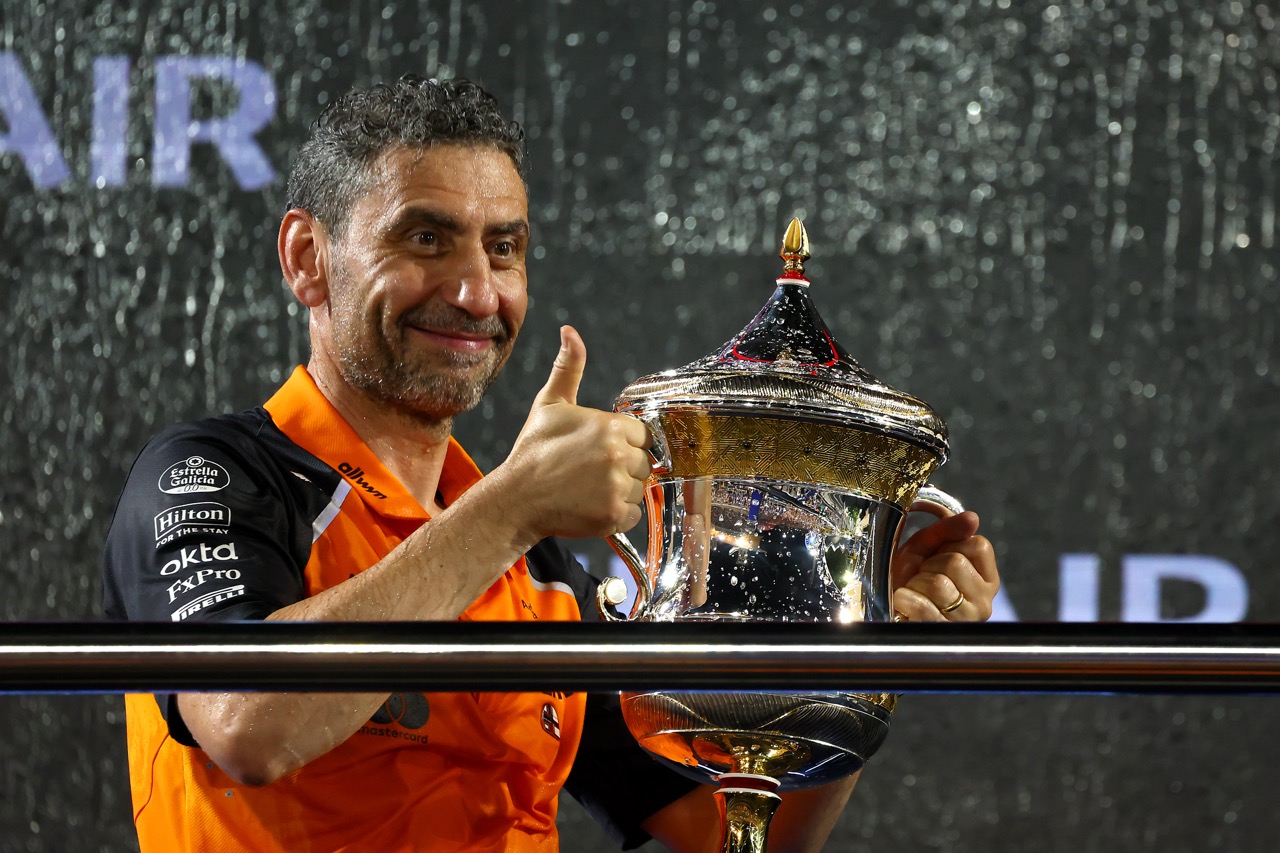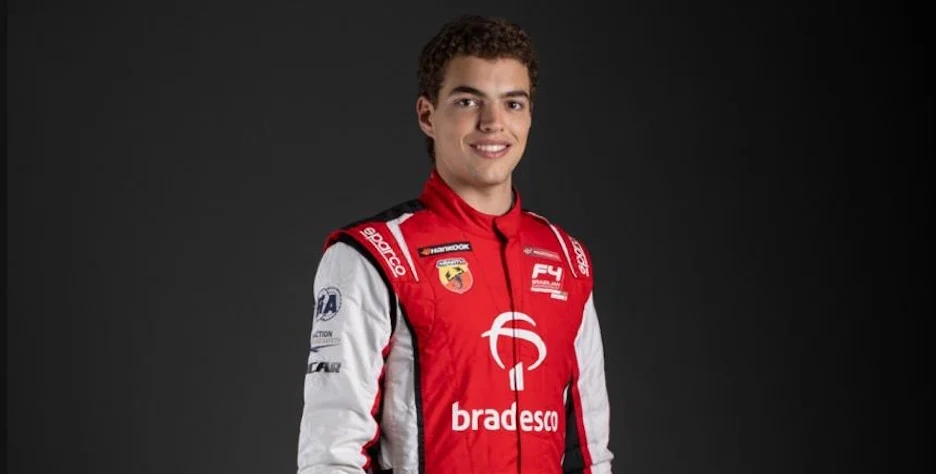In Formula 2, performance depends on far more than just driving skill. Every race weekend demands an extraordinary balance of physical endurance, technical precision, and mental resilience. Drivers must prepare their bodies to endure extreme temperatures, sustained G-forces, and long stints in the cockpit—all while maintaining laser-sharp focus under immense pressure. Mexican F2 driver Rafael Villagómez has built a comprehensive and disciplined approach to meeting these demands through thorough preparation and recovery. His training routines, recovery habits, and even his choice of leisure activities reveal a driver who is constantly refining both his body and mind for peak performance.
Through his own reflections in an exclusive interview with Pit Debrief, Villagómez offered an authentic and detailed look at the rigorous physical and psychological preparation that fuels every race.
Building a foundation of fitness
Success in F2 begins long before the lights go out on race day. Physical conditioning forms the cornerstone of every driver’s preparation. To manage the heavy steering loads, intense braking forces, and extreme cockpit heat, Villagómez prioritises core strength, neck endurance, and cardiovascular efficiency. He does this through structured programs designed and monitored by professionals and credits his team’s planning and consistency as key reasons for his resilience during competition.
“I’ll say if you’re well prepared, it starts to become kind of easy. Because at the end of the day, it’s our job, you know, and we have to make sure we’re as fit as possible. I’m very lucky to be able to work with some great guys from a company called PAP. So we did a really strong plan since we started working, basically. If you ask them, maybe it’s a bit much work but I am very happy because every time I’m on a weekend, I don’t really struggle.”
Preparation for the heat
Moreover, Villagómez understands that F2 racing is not confined to one climate. Drivers compete across continents, transitioning from cool European conditions to the dry heat of the Middle East or humid Asian circuits. Consequently, adapting to these environments becomes an essential part of preparation. He and his team integrate heat adaptation protocols to help his body perform under thermal stress. While speaking to Pit Debrief, he recalled how dedicated planning helped him overcome previous struggles in hotter climates:
“For example, this year [we saw] that summer seemed like it was going to be kind of hot or we go to the Middle East, then we [did] some protocols to prepare for heat training, so heat adaptation. Because we know that, we learned that, from the heat, I used to struggle a little bit more when it was kind of hot. Therefore, my body wasn’t really coping with the heat that well. So we did like five weeks of preparing and you can feel the difference, you know.”
Through this tailored approach, Villagómez has built a foundation that allows him to stay physically strong and consistent throughout the gruelling F2 calendar.
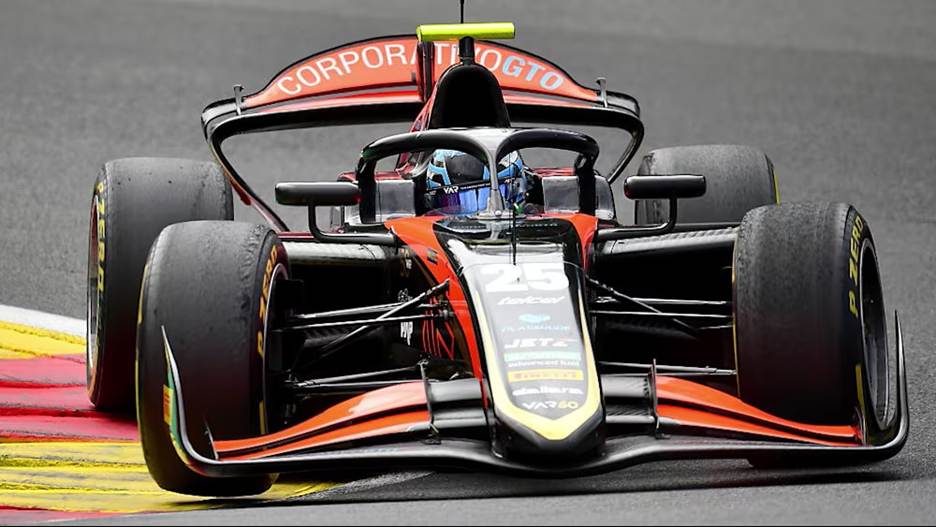
Managing intensity during races
Once the race begins, the physical and mental load intensifies dramatically. F2 drivers often operate with heart rates well above 170 bpm, all while making split-second strategic and technical decisions. To prepare for this unique combination of stress and precision, Villagómez focuses on high-intensity cardiovascular training blended with power-based exercises. By replicating the physiological strain of driving, he ensures his body and mind can function efficiently under extreme conditions.
“It’s like having to make decisions, at your heart rate, 180, I guess the heart rate of 130, 140. It just makes life a lot easier. So we, apart from the heat training, we use cycling, running a lot and then your normal weightlifting because without power strength, the strength does get pretty heavy.”
This deliberate mix of endurance and power allows Villagómez to remain calm and capable, even when his body is under peak stress. As a result, he can maintain focus when it matters most—during overtakes, pit stops, and crucial moments in the race.
Mental recovery and balance
While physical strength forms one side of the equation, mental recovery completes it. F2’s relentless schedule—with constant travel, tight deadlines, and fluctuating results—demands exceptional psychological resilience. Villagómez recognises the importance of protecting his mental energy by finding time away from racing. He deliberately steps back to reset his focus and recharge emotionally.
“Mental, we just say it’s downtime, you know, with your family or doing other stuff that takes your mind off it. Because if you constantly keep on thinking about what happened, you’re kind of wasting energy and it’s a past, you know, you cannot do anything about the past.”
However, Villagómez does not avoid reflection entirely. Instead, he strikes a balance between learning from mistakes and focusing on future progress. Over the years, he has refined his mindset to prioritise growth while maintaining perspective—a skill that strengthens his consistency as a competitor. He explained this evolving approach to self-improvement.
“Okay, you can fix the future, but there’s time to think about and reflect and see how we can do better in the future. So that’s something that over the years I started to get a little bit better, you know, find hobbies outside of racing and just do like a normal, you know, find other stuff that takes your mind off it.”
By incorporating downtime and external hobbies into his life, Villagómez builds mental durability that supports his performance throughout the demanding F2 season.
Active recovery and endurance training
In contrast to traditional recovery methods that emphasise rest, Villagómez believes in active recovery. For him, movement is restorative. Running plays a central role in this philosophy, helping him stay both physically fit and mentally refreshed. He described how quickly he returns to training after a race weekend.
“And then on the physical side, yeah, I don’t really recover, to be honest, I love running and I’m preparing for a marathon. So basically, as soon as the race is finished, then I’m back on running like a treadmill, sometimes on the same Sunday, I’m back running at night or the next day. Unless I’m really, really tired and I had a long travel day or something, then I give myself one day. But if not, it’s straight back at it.”
Through consistent endurance work, he maintains his cardiovascular capacity and ensures his body stays accustomed to physical exertion. Additionally, running provides him with a valuable mental release—a way to process the weekend and reset for the next challenge.
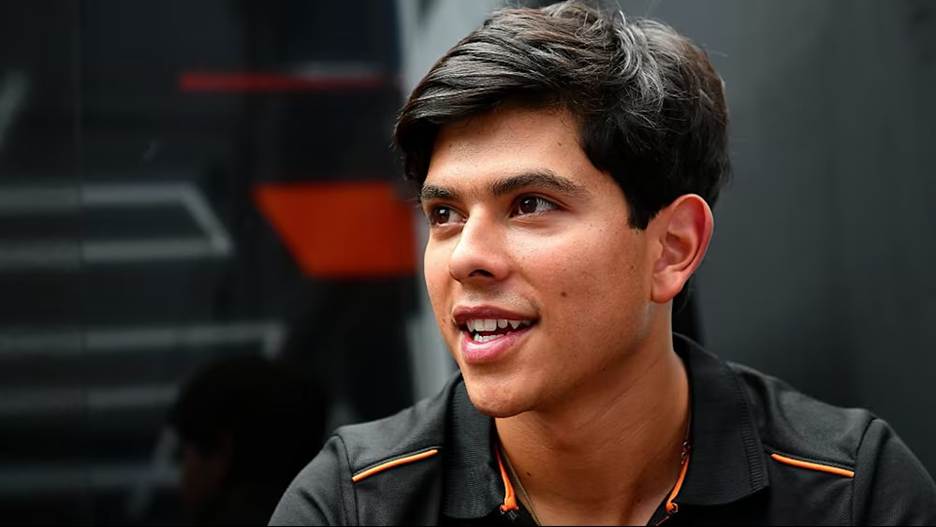
Padel as preparation and distraction
When Villagómez is not training or running, he often turns to padel, a sport that blends movement, focus, and fun. This activity not only keeps his reflexes sharp but also offers a refreshing way to relax between intense commitments. He described how padel fits naturally into his pre-race routine,
“Ah, of course, I play padel a lot, but I don’t know if it counts as a sport, but I love padel. Basically, padel, we use it a lot, actually. Especially on a Thursday before the race weekend as well, you know, because it’s a long day [on] Thursday. You start from almost 9 a.m. until 5 p.m. preparing. And then from 5 onwards, then you’re basically free, you know, to relax or something.”
As race weekends approach, he uses padel to manage pre-race tension and keep his mind active without overanalysing upcoming sessions.
“But I would find it that as well, if you have too much time, you’re the nerves start to kick in. You just want it to get started. So it becomes really long and you’re wasting a lot of energy and putting a bit more pressure on yourself. So we use padel with some guys to play, to move a little bit the body, to get the reflex, the mind switch on.”
Even outside of competition, padel remains a regular part of his life in Spain, helping him stay energised and engaged.
“But yeah, when I’m here in Spain, I play almost every day.”
A complete routine
Ultimately, Rafael Villagómez’s approach to F2 is a holistic one. His training combines endurance, strength, and environmental adaptation with equal emphasis on mental clarity and active recovery. He strengthens his body through targeted workouts and heat protocols, while maintaining his composure through downtime, hobbies, and active relaxation.
By blending discipline, variety, and self-awareness, Villagómez continues to evolve as a driver capable of enduring the intense physical and psychological demands of F2. His method exemplifies the true essence of professional motorsport—a constant pursuit of balance, precision, and resilience, both on and off the track.

